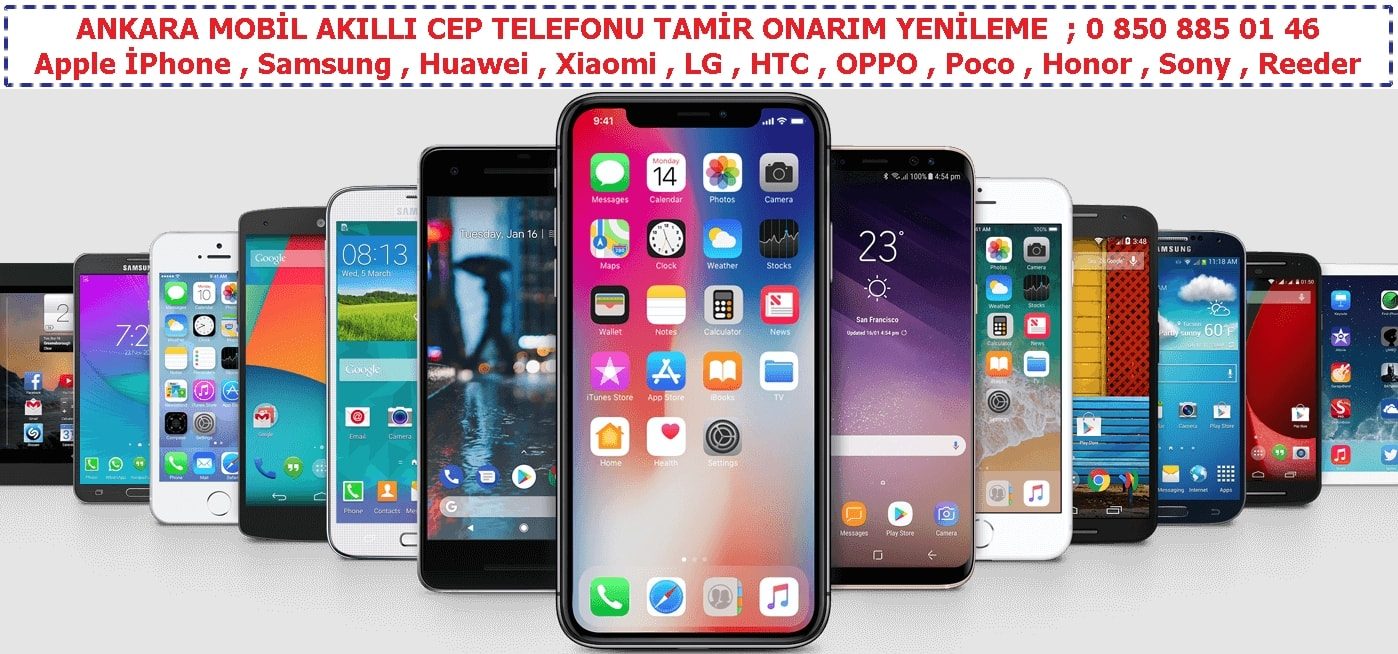Exploring the Landscape of Windows Software: Trends, Innovations, and Cultural Impact
Windows software has long been a cornerstone of personal and professional computing. With its vast ecosystem, it caters to diverse user needs, from productivity to gaming, and continues to evolve rapidly. This article delves into various aspects of Windows software, examining current trends, innovations, and its cultural significance in today’s tech-driven world.
The Evolution of Windows Software
Since its inception, Windows software has undergone significant transformations, reflecting advancements in technology and user expectations. From the early days of simple applications to today’s complex software solutions, the evolution can be categorized into several phases:
- Early Development: Initial applications like Word and Excel set the foundation for productivity software.
- Graphical User Interface (GUI): The introduction of GUI revolutionized user interaction, making software more accessible.
- Cloud Integration: Modern Windows software increasingly relies on cloud services, enhancing collaboration and data accessibility.
- Artificial Intelligence: AI is now integrated into many applications, enabling smarter features and automation.
Current Trends in Windows Software
As technology continues to advance, several trends are shaping the Windows software landscape:
- Remote Work Solutions: With the rise of remote work, software that facilitates collaboration and communication, such as Microsoft Teams and Zoom, has gained immense popularity.
- Cybersecurity Enhancements: As threats evolve, software developers are prioritizing security, integrating features like multi-factor authentication and end-to-end encryption.
- Gaming Innovations: The gaming sector on Windows has seen a boom, with platforms like Steam and the Microsoft Store offering a vast array of titles, alongside advancements in graphics and VR.
- Sustainability Practices: Increasing awareness of environmental issues is pushing software companies to adopt sustainable practices, from energy-efficient coding to supporting green technologies.
Impact on Finance and Business
The financial sector relies heavily on Windows software for various operations, from accounting to market analysis. Key applications include:
- Accounting Software: Tools like QuickBooks and FreshBooks streamline financial management for businesses.
- Data Analysis Tools: Programs such as Microsoft Power BI assist in making data-driven decisions.
- Trading Platforms: Software like MetaTrader has revolutionized how traders interact with financial markets.
Moreover, the integration of AI and machine learning in financial software is enhancing predictive analytics, allowing businesses to anticipate market trends better.
Cultural Significance of Windows Software
Beyond functionality, Windows software has had a profound impact on culture. It has shaped how we communicate, create, and consume content. For instance:
- Creative Software: Applications like Adobe Photoshop and AutoCAD have empowered artists and engineers alike, redefining creative boundaries.
- Educational Tools: Software such as Microsoft Office and educational platforms have transformed learning environments, making education more accessible.
- Community Building: Platforms that allow for collaboration and sharing, such as GitHub, have fostered vibrant communities around software development.
The Future of Windows Software
Looking ahead, the future of Windows software appears promising, with ongoing innovations that promise to enhance user experience. Key areas to watch include:
- Augmented Reality (AR) and Virtual Reality (VR): As AR and VR technologies mature, we expect to see more applications that integrate these immersive experiences.
- Low-Code and No-Code Development: These platforms are empowering non-developers to create applications, democratizing software development.
- Enhanced Personalization: AI-driven personalization will lead to software that adapts to individual user needs and preferences.
Conclusion
Windows software remains a vital component of our digital lives, influencing various sectors from business to culture. As technology continues to evolve, staying abreast of trends and innovations is crucial for users and developers alike. For those interested in exploring cutting-edge solutions, impactsoftware offers insights into the latest advancements in Windows software development. Embracing these changes will empower users to harness the full potential of their software tools in an ever-evolving landscape.
“`

Bir yanıt bırakın
Yorum yapabilmek için oturum açmalısınız.